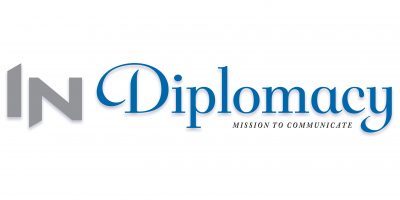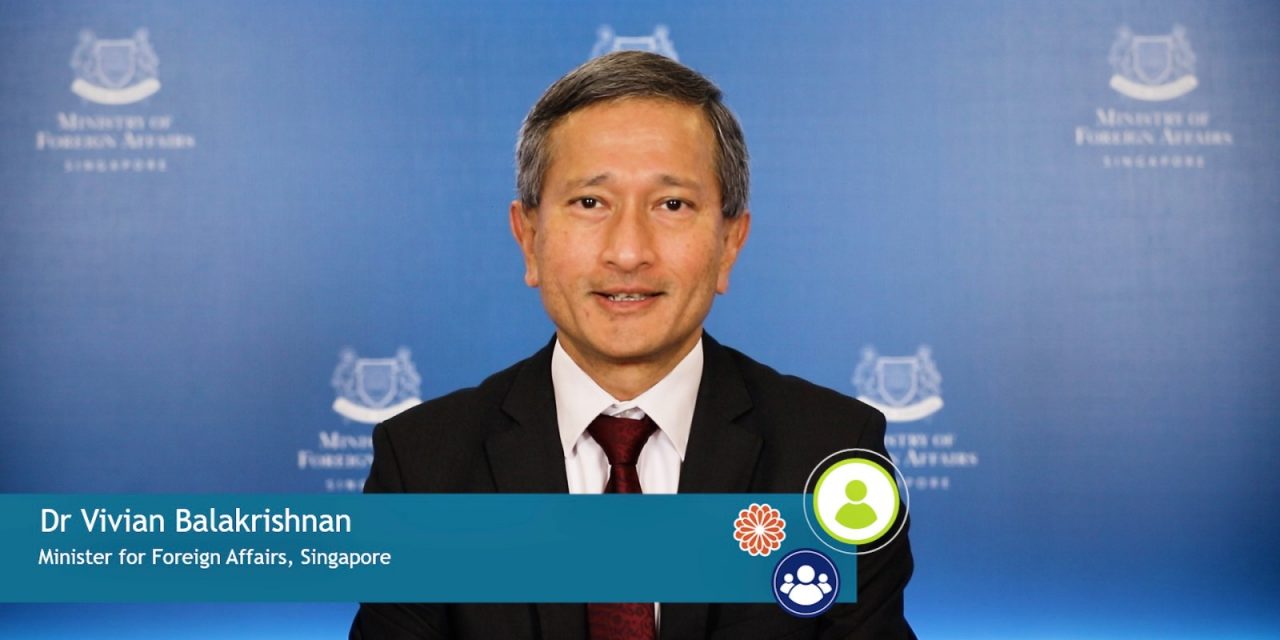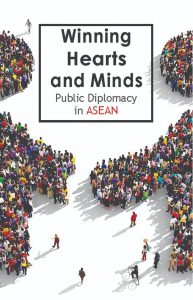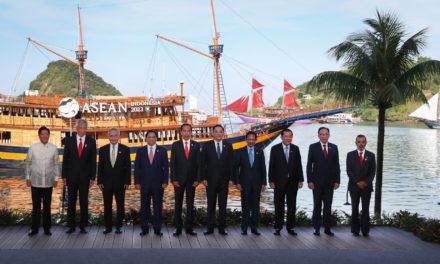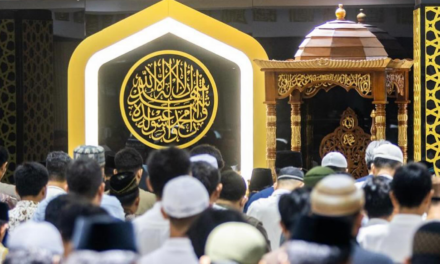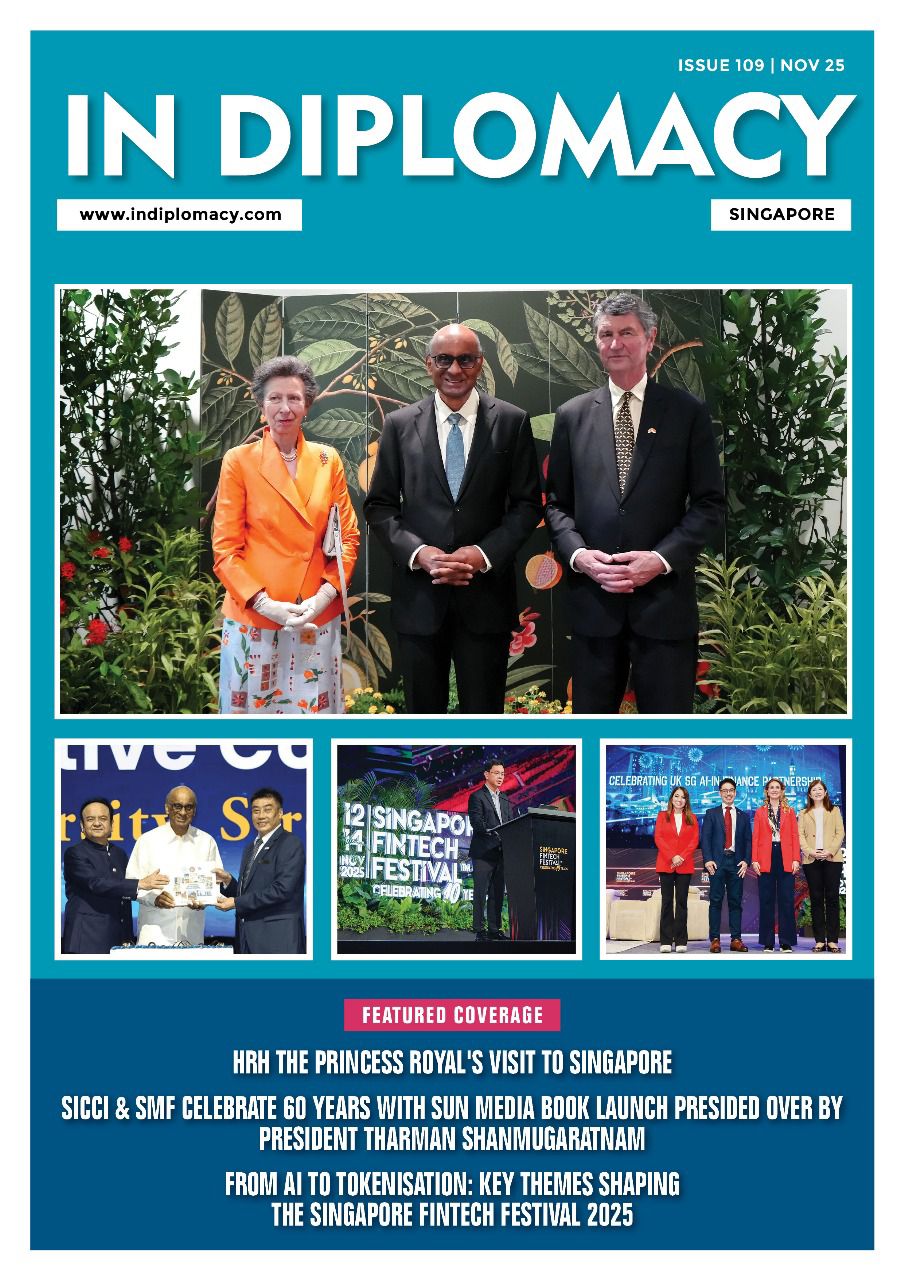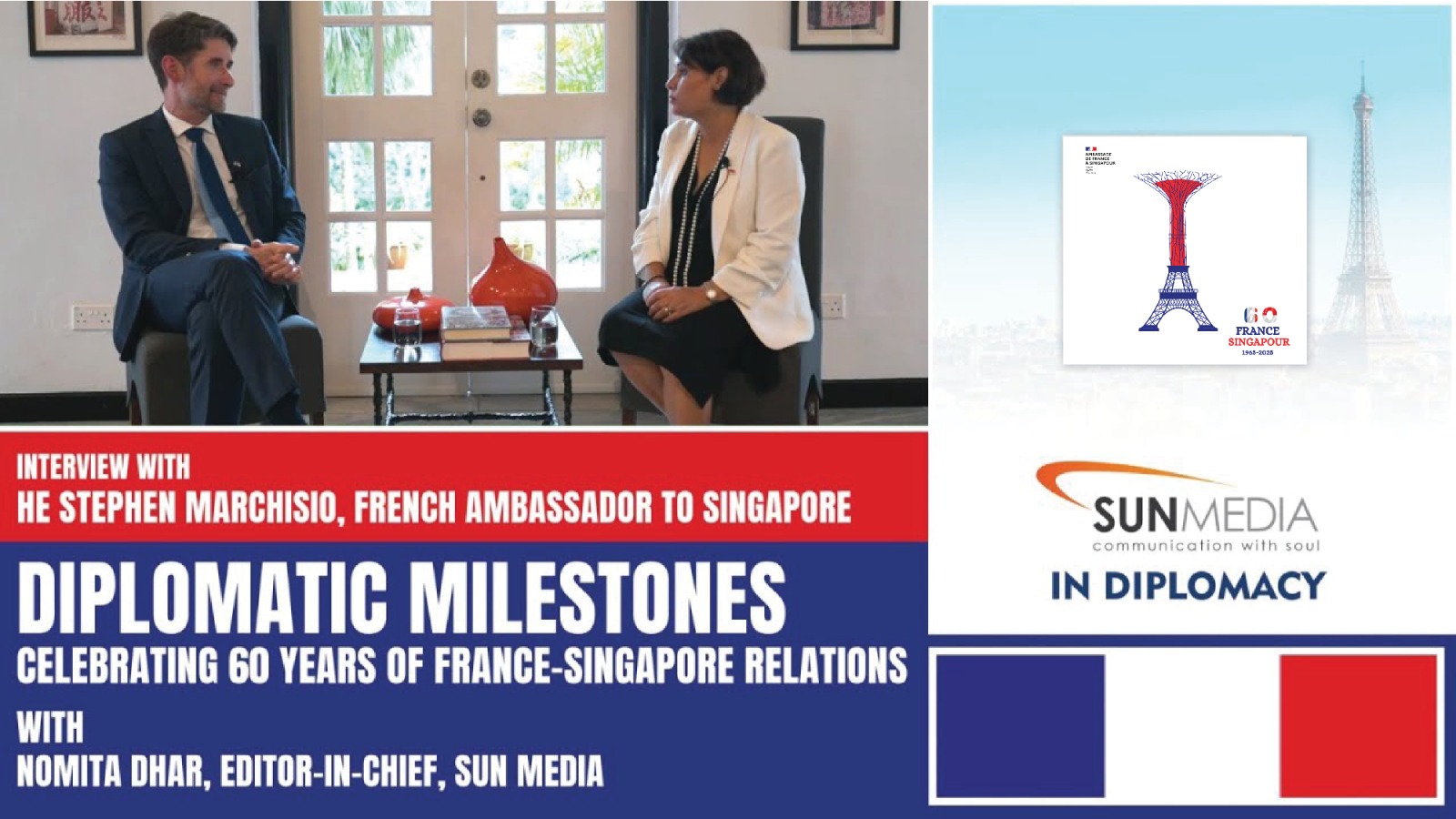
The Singapore International Foundation (SIF) celebrated its 30-year anniversary with a publication that provides an insightful look at the ASEAN’s approach to public diplomacy and the strategies employed to “bridge gaps, enrich mutual understanding, and deepen relationships with the rest of the world”
THE SIF hosted Singapore’s first-ever Public Diplomacy in Asia e-conference which was opened by Minister for Foreign Affairs Dr. Vivian Balakrishnan, The virtual conference brought together public diplomacy experts from governments, businesses, academia, and civil society organisations to discuss how public diplomacy is conducted in Asia and the future of the practice in the ‘new normal’.
The conference also saw another first – the launch of Winning Hearts and Minds: Public Diplomacy in ASEAN – the first ever compilation on public diplomacy in Southeast Asia.
Foreign Minister Dr. Vivian Balakrishnan in his opening remarks observed several key themes in the collection of essays in the book:
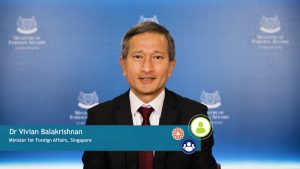
“There are three key themes that I have gleaned from this collection of essays. First: the importance of public diplomacy, all the more so in our digital age. Second: the need for clear, credible and consistent messaging. Third: the need to build coalitions and extended networks of support.
Like many aspects of politics and public life, diplomacy has also been transformed by the ongoing digital revolution.
Three reasons. First: digitalisation is breaking down the barriers and pushing us towards ever-greater flows of information and opinions. It blurs the boundaries between what is domestic or foreign. In any case, we all know that foreign policy begins at home. Governments and mainstream news companies no longer have dominant roles in the dissemination of information and opinion. Instead of a common village square, in fact what has happened is that we have fragmented into disparate echo chambers. These echo chambers, paradoxically, also traverse boundaries.
Now, more than ever before, we need the tools to be able to analyse, to make sense of the cacophony of voices online, to discern trends and to respond appropriately and in a timely way to what people are consuming, thinking, saying, and feeling in their hearts. The fine line between democratisation and demagoguery, and the limits, are not always clear. Each of us, now, theoretically can be heard by many, many people. But are we actually listening to one another? So the question is – will digitalisation bring us closer or in fact divide us? The fundamental faultlines of race, ethnicity, religion, and gender still remain. They still shape how we perceive and are perceived. Even as digitalisation creates tremendous opportunities to build bridges and connections, it also has the ability to divide us, or even entrench hate, or promote disinformation. With the increasing sophistication of deep fake videos, this distrust will even deepen, COVID-19 has underlined the importance of public diplomacy to combat misinformation, which can sow fear, suspicion, indeed hamper our recovery and prevent us from doing the right thing. We need networks to convey timely and accurate information to people, to build public support for national efforts, as well as a sense of a global community, because pandemics are not limited by borders.
Second: The phrase coined by Marshall McLuhan back in 1964 – “The medium is the message”. I think this phrase still applies, perhaps even more strongly. In today’s world, we need a clear, consistent message, underpinned by principles and values, amidst a very uncertain world. But we all need to appreciate that the new media alters human perception of and reaction to the message.
Third, it is even more important now than ever before to build coalitions and networks of support for the future. We need new and meaningful ways to engage. We need partners across a wide spectrum: the private sector, research and education, the scientific community, young people. All of us need the humility and the willingness to engage directly at a people-to-people level, at a personal heart-to-heart level. By doing this together, then we can put out what is accurate, factual, scientific, and promote harmony and human welfare instead of sowing the seeds of division and doubt.
Building such unity is central to ASEAN’s raison d’etre – “Unity, to forge a common purpose”. A common creed, within ASEAN, is still inchoate. But we know we have to find our own version of “e pluribus unum” (out of many, one), or in the Singapore Pledge “regardless of race, language, or religion”, or the other phrase “bhinneka tunggal ika” (unity in diversity).”
To read online or download a pdf version of the book Winning Hearts and Minds:
Public Diplomacy in ASEAN Click here
